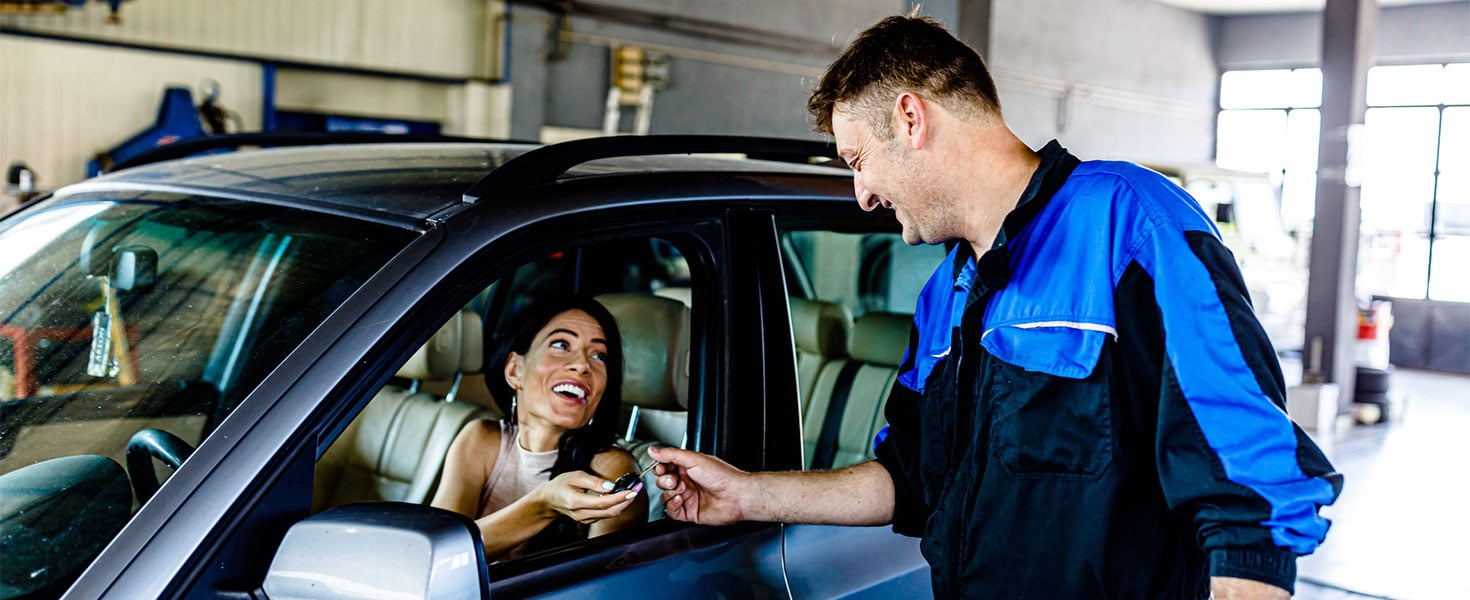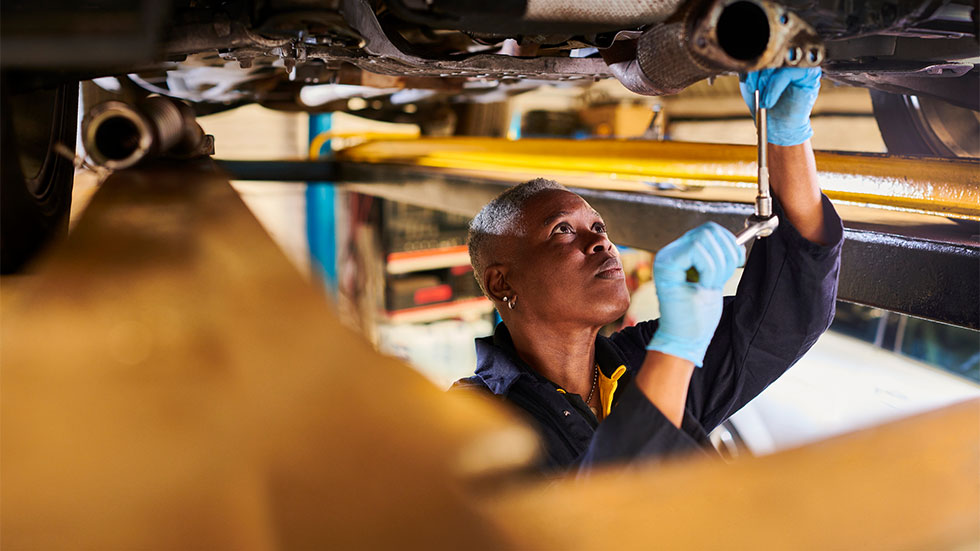The Facts About Car Repair and Maintenance Costs
Perform these routine car maintenance tasks—oil changes, brake pads, tire rotation, and more—to avoid costly repairs


Whether you're in the market for a new vehicle or you are trying to calculate the best time to trade in your current ride, understanding your average annual car maintenance costs should be an important factor in making your decision. After all, what use is it to go through the hassle of buying a new car only to find that the maintenance and repair fees are so exorbitant, you can't afford them?
In this article, we are going to look at some ballpark annual car repair and maintenance costs by vehicle make and model. We will also discuss some of the more detailed expenses of vehicle ownership that are often overlooked by consumers during the purchase process.

What is the average car maintenance cost per year?
While most vehicles only need to visit a mechanic a few times a year as the odometer ticks past mileage intervals, fully understanding your car maintenance costs can help ensure you get a vehicle that suits your lifestyle.
When it comes to repairs, there are routine maintenance items, often dictated by mileage intervals or the age of a part. These include things like oil changes, timing belts, tires, and brake pads. They are easily budgeted for with mileage and age intervals listed in detail inside the vehicle owner’s manual. Familiarizing yourself with the maintenance schedule for parts, particularly ones that are expensive to replace or repair, can help you budget for upcoming repairs.
The second type of repair is the unexpected issue or part failure that can pop up at any time. These involve things like collisions, damaged tires, or parts failing unexpectedly. Impossible to plan for, unexpected issues tend to be more expensive to fix and can fall outside of your car maintenance budget. - According to Chime, the average costs for routine and unexpected repairs are broken down below. Note: These are merely estimates and costs will vary based on the make, model, and location of the vehicle. There will also be maintenance schedule variations, so always be sure to check your vehicle owner’s manual for the most accurate information.

Routine car maintenance
Oil Changes: Every 5 – 7,500 miles | $35 – $125
Tire Rotation: Every 5 – 7,500 miles | $20 – $100
Multipoint Inspection: Every 5 – 7,500 miles | $150 – $250
Wiper Blade Replacement: Every 6 – 12 months | $10 – $45
Brake Pad Replacement: Every 10 – 20,000 miles | $100 – $300
Air Filter Replacement: Every 15 – 30,000 miles | $35 – $80
Wheel Alignment: Every 2 – 3 years | $50 – $170
Timing Belt: Every 60 – 100,000 miles | $400 – $900

Unexpected car maintenance
- Dead Car Battery: $5 – $300
- Tire Replacement: $400 – $1,600
- Transmission Replacement: $1,200 – $6,000
- Alternator Replacement: $400 – $1,000
- Catalytic Converter Replacement: $1,000 – $1,500
- Engine Replacement: $4,000 – $10,000
- Suspension Replacement: $2,500 – $3,500
- Body Damage: $100 – $2,500
How have car repair costs changed recently?
Of course, it is no surprise that the car repair industry has been hit by the same supply chain issues, labor shortages, and inflationary woes that have plagued the economy since the pandemic. Consumer Affairs used 2019 car maintenance and repair data and adjusted it to account for inflation to estimate the 2024 average repair costs below.

The least to most expensive brands have not changed, but the average annual car repair cost has gone up by as much as 32% from September 2019 to September 2023, according to the United States Bureau of Labor Statistics. These elevated costs can be attributed, in part, to pandemic-era shortages and inflation. But costs have also been impacted by heavier, more complex vehicles being manufactured as well as increased materials cost.

How to keep car repair and maintenance costs manageable
While the costs of owning and operating a vehicle can’t be avoided, there are many steps you can take to manage car repair and maintenance costs as well as avoid damage to components that are expensive to fix.
- Choose Reliability: Before purchasing a vehicle, be sure to research its reliability. Not only are reliable vehicles less costly to repair, but they are less likely to surprise you with an unexpected expense.
- Pre-Inspect Used Vehicles: If you are planning to purchase a used vehicle, be sure to have it pre-inspected by your trusted mechanic before signing the paperwork. They will help you identify any hidden issues you might not encounter until after purchase.
- Do NOT Skip Maintenance: Sticking to your car maintenance schedule is critical to keeping car repair and maintenance costs low. The maintenance item that costs you $50 to take care of today could cost hundreds or thousands to fix down the road.
- Do It Yourself: Commonly replaced items like windshield wipers can be fixed yourself for a fraction of the cost of having a mechanic do it. Most auto parts stores will even help guide you through the process if asked.
